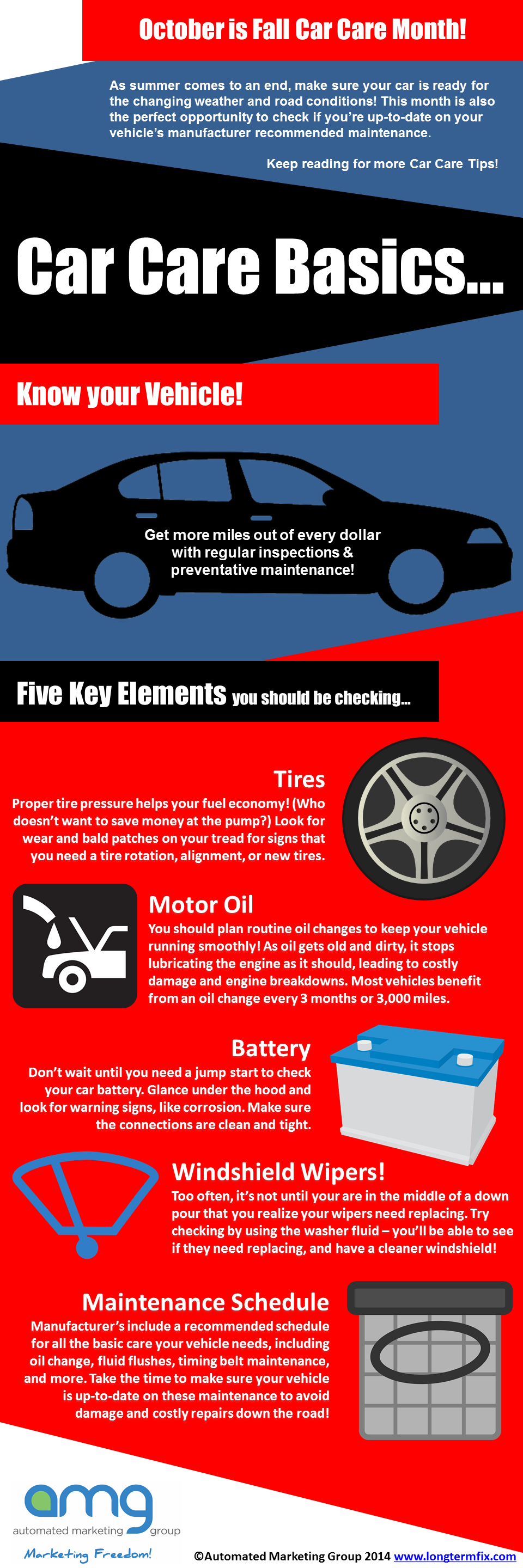Analyzing Your Car'S Warning Indicators: What They Truly Communicate
Analyzing Your Car'S Warning Indicators: What They Truly Communicate
Blog Article
Article Writer-Lauritsen Stark
When you lag the wheel, those radiant warning lights on your control panel can be a little bit perplexing. Do you understand what they're attempting to tell you about your auto's wellness? Understanding discover here of these lights is vital for your security and the durability of your vehicle. So, the following time among those lights pops up, wouldn't you wish to analyze its message properly and take the needed steps to resolve it?
Common Caution Lighting and Interpretations
Determine typical caution lights in your auto and understand their definitions to guarantee safe driving.
One of the most typical caution lights consist of the check engine light, which signifies concerns with the engine or discharges system. If this light comes on, it's crucial to have your vehicle examined promptly.
The oil pressure warning light shows low oil pressure, needing prompt interest to avoid engine damage.
A flashing battery light might suggest a defective billing system, potentially leaving you stranded otherwise dealt with.
The tire pressure monitoring system (TPMS) light notifies you to low tire pressure, influencing vehicle security and fuel performance. Overlooking this could lead to hazardous driving conditions.
The abdominal light shows a problem with the anti-lock stopping system, compromising your capacity to stop promptly in emergencies.
Lastly, the coolant temperature level alerting light warns of engine overheating, which can result in serious damages if not fixed quickly.
Recognizing these usual warning lights will help you resolve issues quickly and keep safe driving conditions.
Value of Prompt Focus
Recognizing the typical caution lights in your auto is only the very first step; the relevance of without delay dealing with these cautions can not be emphasized sufficient to ensure your security when traveling.
When a caution light illuminates on your dashboard, it's your vehicle's way of interacting a potential problem that requires interest. Ignoring these warnings can bring about a lot more severe problems down the road, endangering your security and potentially costing you more out of commission.
visit their website to warning lights can avoid failures and accidents. As an example, a blinking check engine light could show a misfire that, if left unattended, might cause damage to the catalytic converter. Resolving this promptly can save you from an expensive repair work.
Likewise, a brake system alerting light could indicate reduced brake liquid or used brake pads, essential components for your safety and security when driving.
DIY Troubleshooting Tips
If you discover a caution light on your dashboard, there are a few DIY repairing ideas you can try prior to seeking specialist assistance.
The first step is to consult your automobile's manual to comprehend what the certain caution light suggests. In some cases the concern can be as easy as a loose gas cap setting off the check engine light. Tightening up car polishing service might solve the issue.
Another usual issue is a reduced battery, which can cause different warning lights. Examining the battery connections for deterioration and ensuring they're protected might deal with the trouble.
If a caution light persists, you can try resetting it by detaching the car's battery for a few minutes and after that reconnecting it. Furthermore, inspecting your automobile's fluid levels, such as oil, coolant, and brake fluid, can assist troubleshoot cautioning lights related to these systems.
Conclusion
In conclusion, comprehending your vehicle's caution lights is vital for keeping your automobile running efficiently and securely. By promptly addressing these notifies and understanding what they mean, you can avoid pricey repairs and possible failures.
Remember to consult your auto's guidebook for certain information on each warning light and do something about it appropriately to make sure a trouble-free driving experience.
Stay informed, stay risk-free on the road!
